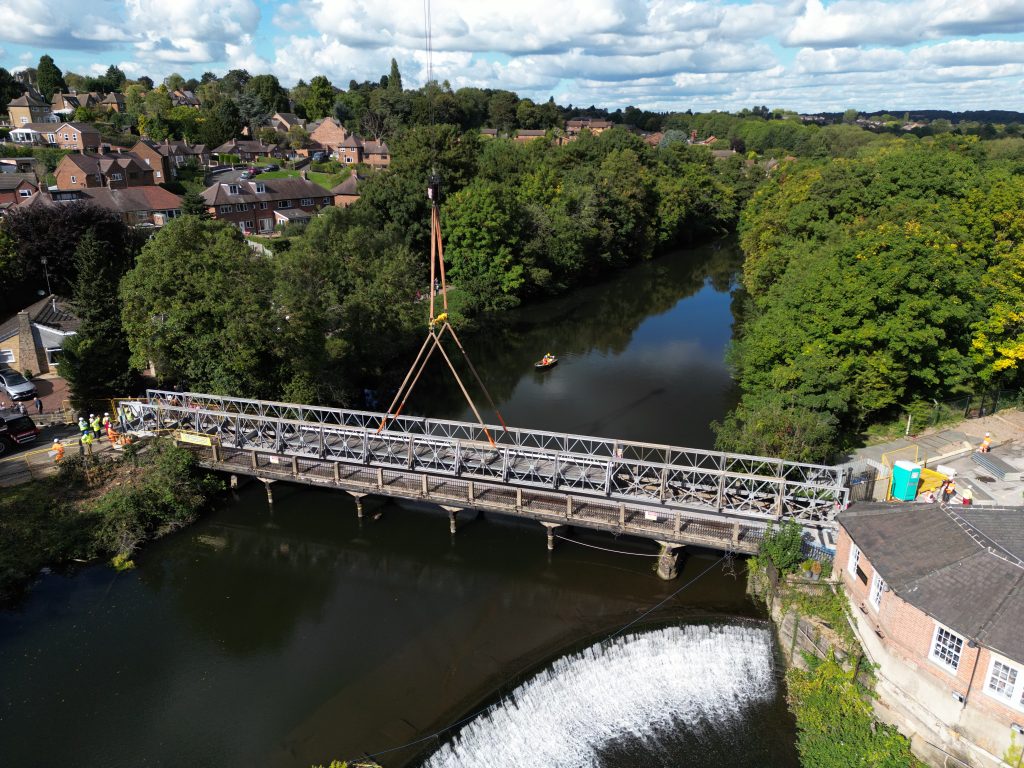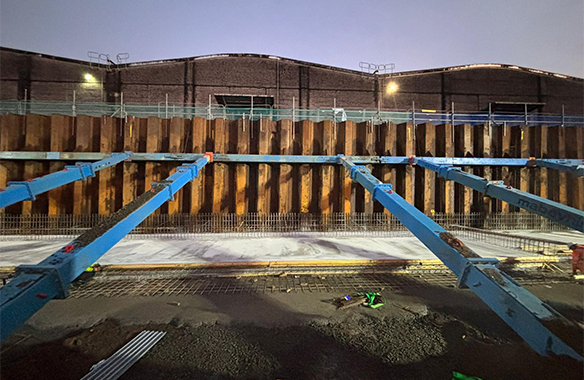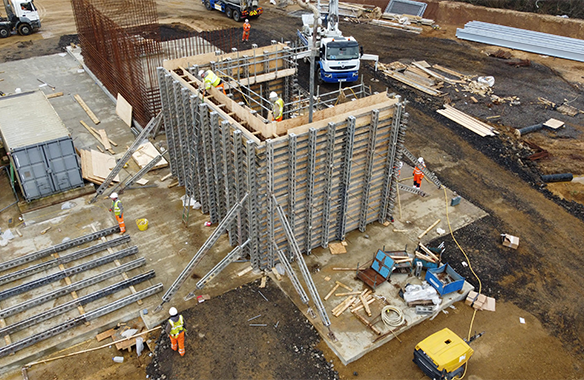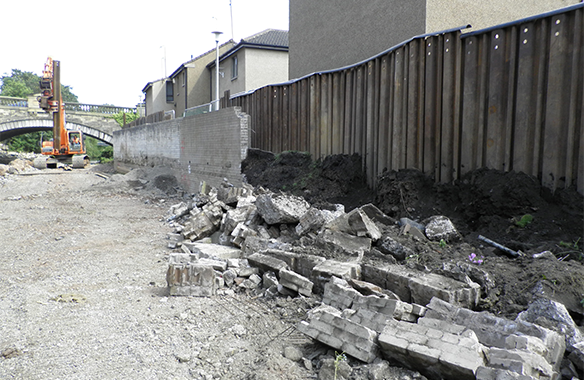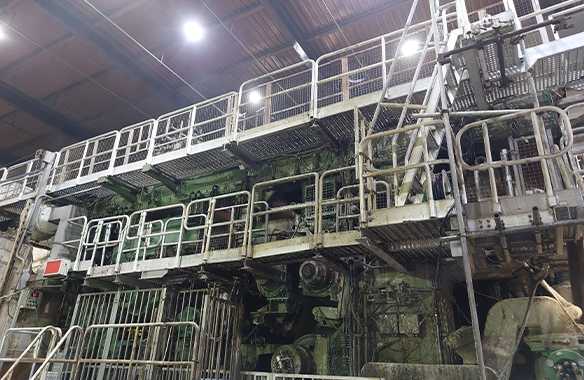
UK Paper Mill
Innovative monitoring application provides early warning system in remedial works
When a Non-Destructive Test (NDT) survey was carried out to a paper machine at one of the UK’s remaining paper mills, it was found that the press frame on the machine was in need of replacement.
